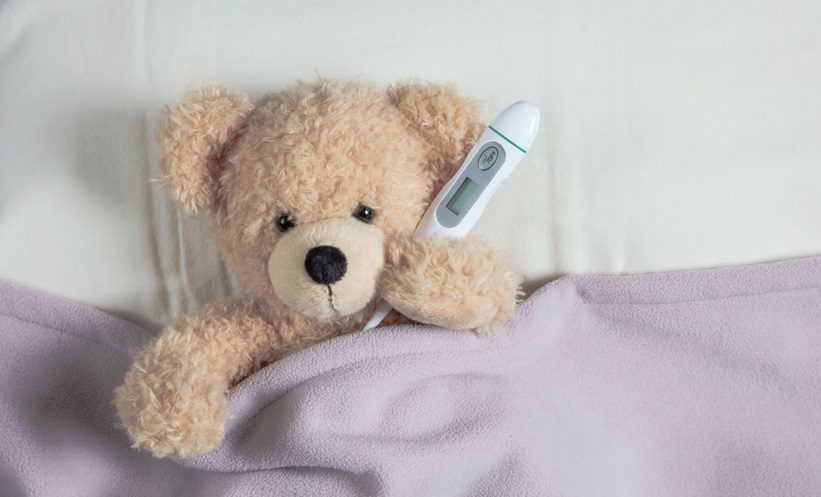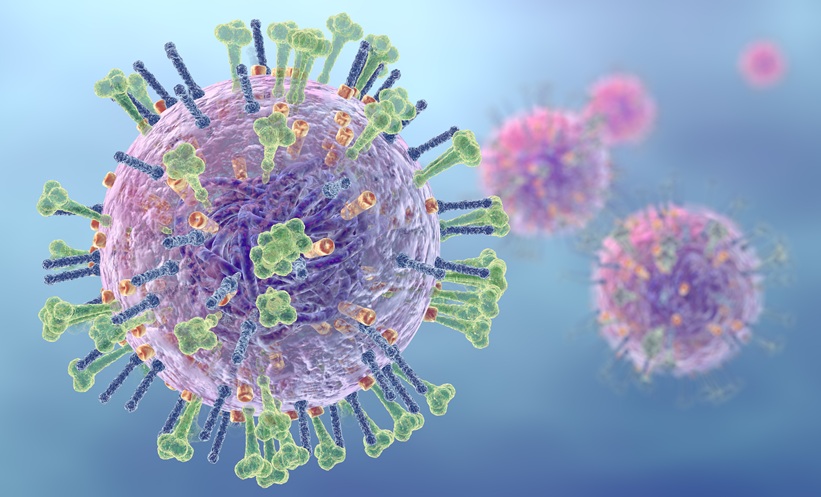A RECENT study has shown that the 2021 American Academy of Pediatrics clinical practice guideline (CPG) for well-appearing febrile infants has led to a reduction in hospitalisations, antibiotic use, and invasive procedures without increasing overall costs.
The guideline was introduced to promote evidence-based care, reduce variability in practice, and optimise healthcare efficiency for febrile infants aged 8–60 days. Researchers conducted a retrospective cross-sectional study using the Pediatric Health Information Systems Database, comparing resource utilisation in two periods: August 2019–July 2021 (pre-CPG) and August 2021–July 2023 (post-CPG). The study examined trends in hospitalisation rates, antibiotic and acyclovir administration, lumbar punctures (LP), and laboratory testing before and after the guideline’s publication.
Among 33,736 patient encounters (12,220 pre-CPG and 21,516 post-CPG), hospitalisation rates dropped from 42.6% to 34.7%, antibiotic use decreased from 41.9% to 33.1%, acyclovir administration fell from 9.7% to 7.3%, and LPs declined from 31.7% to 21.8%. However, the use of C-reactive protein and procalcitonin increased from 23.7% to 32.3% and from 40.1% to 64.5%, respectively. Costs remained stable.
Age-specific analysis revealed that infants older than 22 days saw the greatest reduction in hospitalisation, antibiotic use, and LPs, whereas those younger than 28 days experienced a slight increase in delayed diagnoses of bacteraemia and sepsis.
These findings suggest that the CPG has successfully reduced resource utilisation while maintaining cost efficiency. However, the increased risk of delayed sepsis and bacteraemia diagnosis in younger infants emphasises the need for ongoing monitoring and guideline refinements to ensure safety of infants.
Ada Enesco, EMJ
Reference
Dingle E et al. Resource utilization and cost in management of febrile infants after the 2021 clinical guideline. Pediatrics. 2025;155(2):e2024068028.








